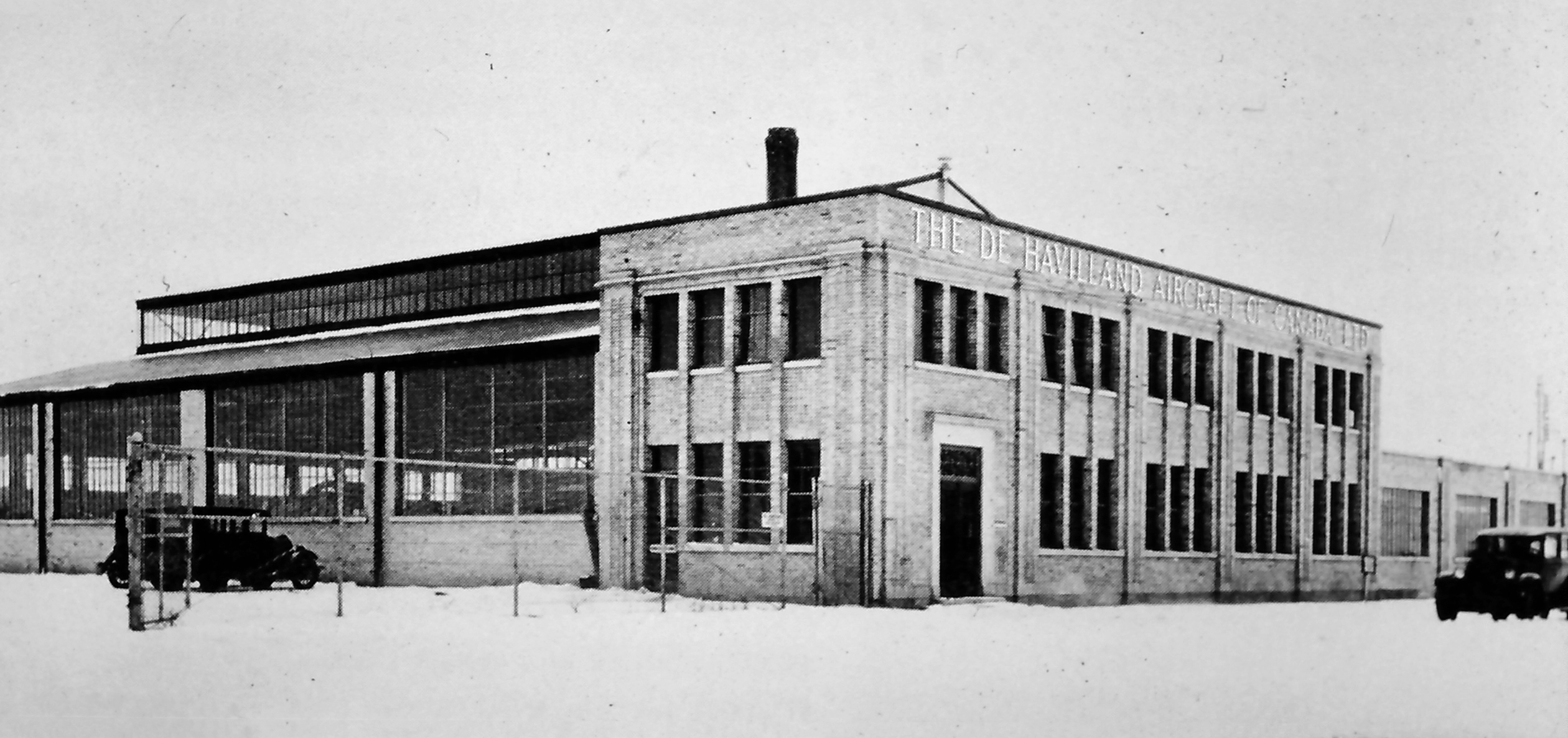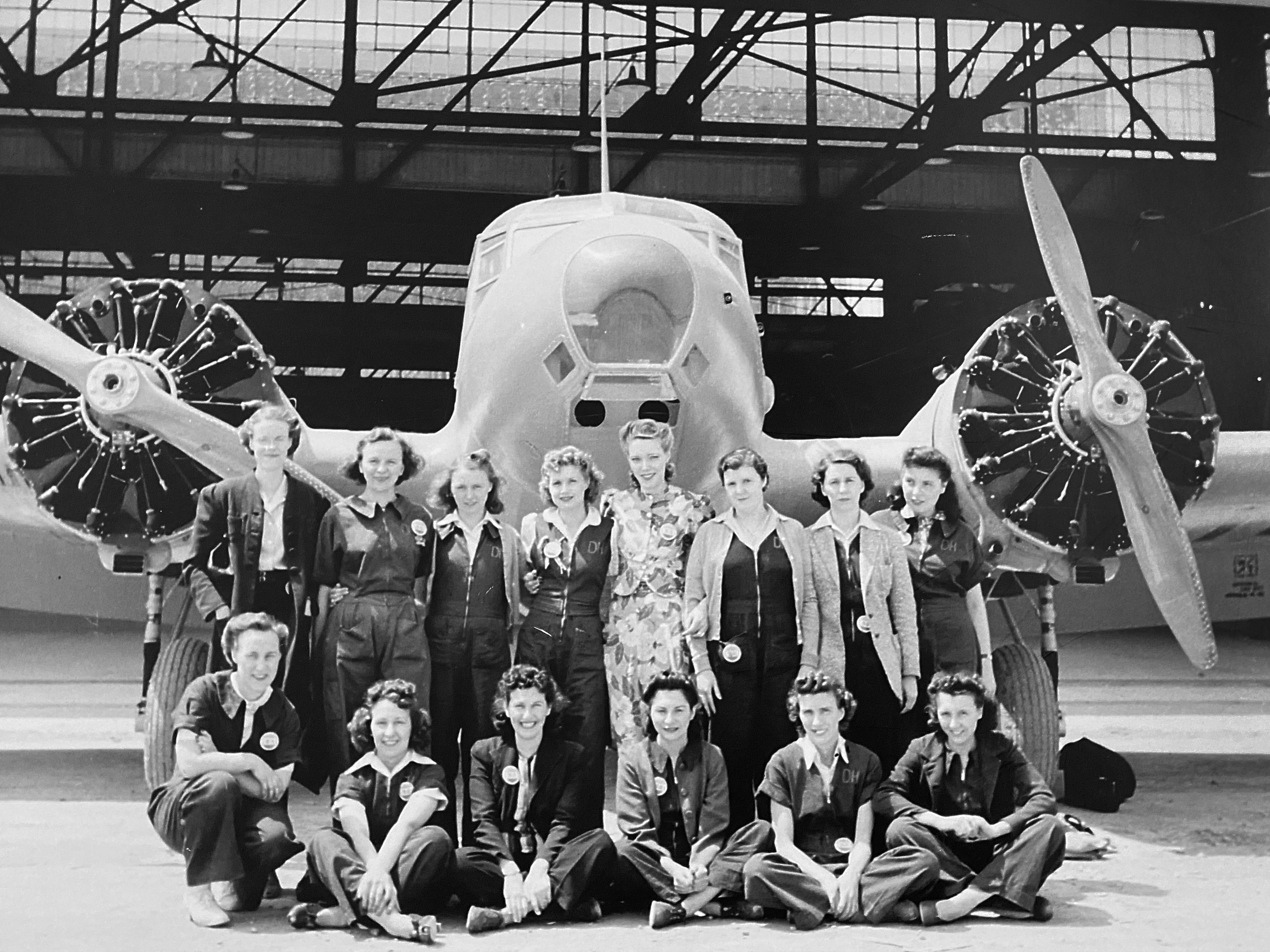Starting in the late 1920s, land in the Downsview area was being used for airfields—Barker Field, the Canadian Express Airport and the Toronto Flying Club. In April 1929, the de Havilland Airfield was built after de Havilland Aircraft of Canada purchased 70 acres of farmland along Sheppard Avenue West. They began with a staff of 35 in a 20,000-square-foot plant next to the railway (now repurposed as Centennial College Bombardier Centre for Aerospace and Aviation at 65 Carl Hall Road). De Havilland Aircraft was a pioneer in Canadian aviation. De Havilland Aircraft of Canada began operations in Downsview in April 1929.

With the onset of World War II, de Havilland manufactured aircraft for the Royal Canadian Air Forces (RCAF) and British Commonwealth Air Training Plan and provided employment for workers (men and women) which helped sustain the local economy. Unable to meet the demands of wartime production, de Havilland acquired more land beside their plant to build additional facilities.

Between 1936 and 1938, de Havilland added a paint shop, hangar, and a main building south of the original plant (now the Downsview Park Sports Centre at 75 Carl Hall Road). De Havilland grew to employ 2,400 employees. In 1942 alone, they produced 362 Ansons, 550 Tiger Moths and developed the Mosquito fighter-bomber. De Havilland marked a number of firsts—and significant achievements in Canadian aviation history—at their plant in Downsview, including the celebrated Beaver and Mosquito.

| DHC-2 Beaver | 1947 | $21,000 |
| DHC-3 Otter | 1953 | $80,000 |
| DHC-4 Caribou | 1961 | $425,000 |
| DHC-5 Buffalo | 1965 | $1.55M |
| DHC-6 Twin Otter | 1966 | $248,000 |
| DHC-8 Dash 8 | 1984 | $4.35M |
| Bombardier Global 7500 | 2019 | $73M |
Shortly after the end of World War II, de Havilland resumed commercial operations. In the mid-1950s, in response to the onsite military expansion, de Havilland moved its operations to modern facilities in the southeast quadrant of the Downsview lands.

More Stories

Maxie Scheff, Mr. Softball
Let's face it. It's not often you can find anyone with kind words to say about a baseball umpire. They make decisions about balls and strikes and who's safe and who's out, and if you take exception to their rulings, they'll toss you out of the game.

Issac Reid: Downsview’s Black Pioneer
Downsview today is one of the most racially diverse neighbourhoods in the country. But it wasn’t always thus.
